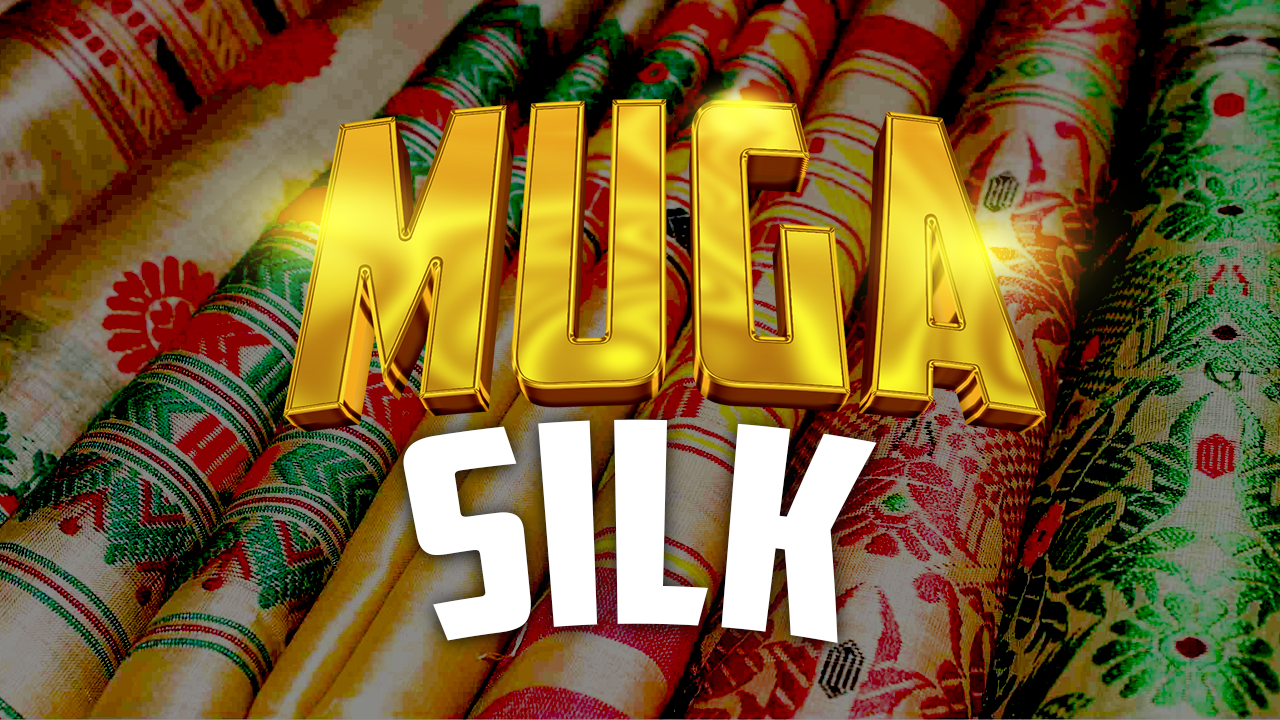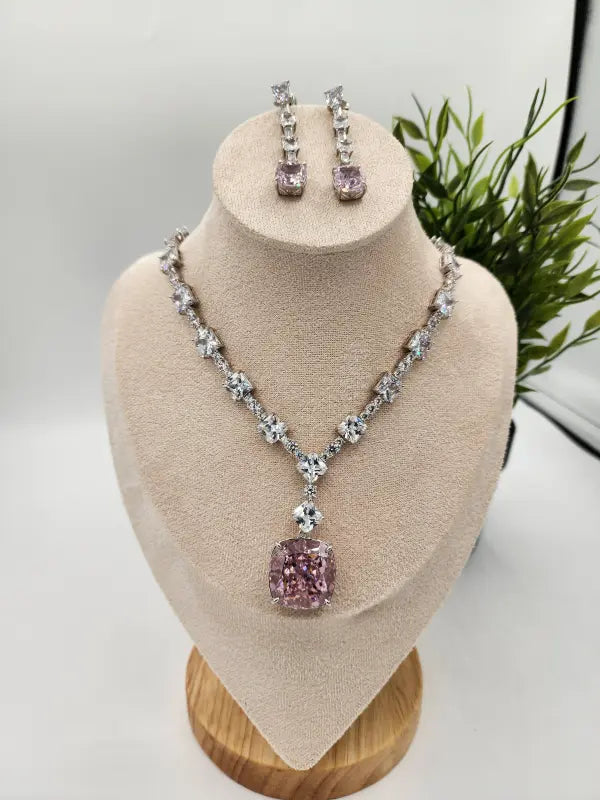Muga silk, a variety of wild silk indigenous to Assam, India, is celebrated for its exceptional durability and its natural yellowish-golden hue. This luxurious fabric, once reserved for royalty, is now recognized globally for its unique qualities. The silk is produced by the larvae of the Assam silkmoth (Antheraea assamensis), which feed on specific plants in the Brahmaputra Valley, including Som (Machilus bombycina) and Sualu (Litsea polyantha). The resulting silk is not only strong but also has a shimmering, glossy texture that makes it highly desirable.
Geographical Indication and Cultural Significance

In 2007, Muga silk was granted Geographical Indication (GI) status, signifying its origins in Assam and its cultural importance. This designation helps protect the authenticity of the silk and ensures that only genuine Muga silk produced in Assam can carry this label. The Central Silk Board of India, in collaboration with the Assam Science Technology and Environment Council, oversees the certification and trademarking of Muga silk, ensuring that it meets the highest standards of quality.
Muga silk's historical significance is deeply rooted in Assam's cultural heritage. Sericulture in the region dates back to ancient times, with the craft of weaving being intricately linked to silk production. The earliest references to Assam silk can be found in ancient Indian texts like Valmiki's Ramayana and Kautilya's Arthashastra, which highlight the sophistication and prestige associated with silk from Assam. The Arthashastra, for instance, describes the silk as having the "color of butter" and "as red as the sun," attributes that align with the characteristics of Muga silk.
Production Process and Unique Qualities

The production of Muga silk is a labor-intensive process that requires great skill and precision. The silk is spun from the cocoons of the Assam silkmoth, which are carefully harvested and processed. One of the distinctive features of Muga silk is its ability to become more lustrous with each wash, making it a fabric that improves over time. Unlike other silks, Muga can be hand-washed without losing its sheen, adding to its appeal as a durable and luxurious textile.
The golden hue of Muga silk is natural, but it can also be dyed after bleaching to produce a range of colors. However, the silk’s natural color remains the most sought-after due to its association with wealth and royalty. Traditionally, Muga silk was used to create garments like saris, mekhalas, and chadors, which were often worn during special occasions and religious ceremonies. Today, it continues to be a symbol of elegance and cultural pride in Assam.
Historical Context and Evolution

The history of Muga silk is intertwined with the history of Assam itself. The knowledge of sericulture likely arrived in the region with the Tibeto-Burman groups who migrated from China around 3000-2000 BC. These early settlers brought with them the techniques of silk cultivation, which they adapted to the local environment. Over time, silk production in Assam became highly sophisticated, with the region gaining a reputation for producing some of the finest silks in the world.
During the rule of King Bhaskarvarman in the 7th century, Assam silk, including Muga, was a significant trade item, with records of its use and trade found in the writings of the Chinese traveler Huen Sang. The silk was not only valued for its beauty but also for its association with the ruling class. In the medieval period, the Ahom dynasty, which ruled Assam, further promoted Muga silk production. The Ahom kings were known to patronize the silk industry, using Muga silk to create elaborate garments for the royal family and as gifts for distinguished visitors.
Modern Developments and Global Recognition
In recent years, Muga silk has gained international recognition as a symbol of Assam's rich cultural heritage. The discovery of the complete sequence and protein structure of Muga silk fibroin by researchers at the Centre for DNA Fingerprinting and Diagnostics in Hyderabad, India, has opened up new possibilities for the scientific study and preservation of this unique silk.
Today, Muga silk continues to be an important part of Assam's economy and cultural identity. With the support of the Central Silk Board of India and ongoing research and development efforts, Muga silk production is poised to expand, bringing this precious fabric to new markets around the world.
Muga silk is not just a fabric; it is a living tradition that embodies the history, culture, and artistry of Assam. As it continues to evolve and adapt to modern demands, Muga silk remains a testament to the enduring legacy of craftsmanship and the timeless beauty of this golden fiber.
FREQUENTLY ASKED QUESTIONS
- What is Muga Silk? Muga Silk is a type of wild silk native to Assam, India, known for its natural yellowish-golden color, durability, and glossy texture. It has been traditionally associated with royalty.
- How is Muga Silk produced? Muga Silk is produced by the larvae of the Assam silkmoth, which feed on specific leaves like Som (Machilus bombycina) and Sualu (Litsea polyantha). The silk is known for its increasing luster after each wash and can be dyed after bleaching.
- What are the traditional uses of Muga Silk? Muga Silk is used to create various traditional garments, including saris, mekhalas, and chadors. It has been an integral part of Assamese culture and is often reserved for special occasions.
- Is Muga Silk protected by any geographical indication? Yes, Muga Silk was granted Geographical Indication (GI) status in 2007, which protects its authenticity and ties it specifically to Assam, India.
- Can Muga Silk be washed? Yes, Muga Silk can be hand-washed, and its shine increases with each wash, making it more beautiful over time.




